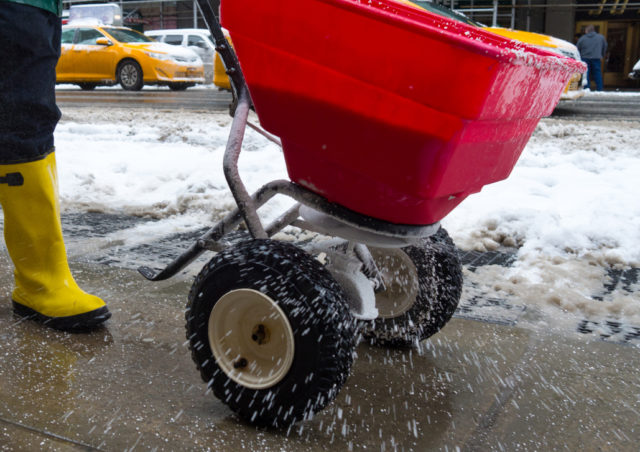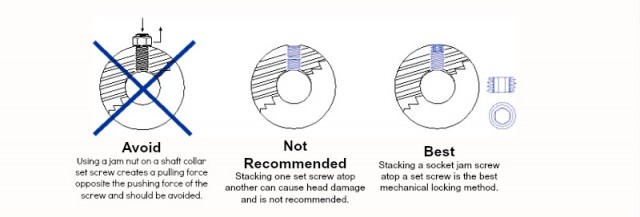Tips on Using Ice Melt Safely
Avoid these Common Mistakes
It’s never too early to be thinking about snow and ice clean-up. With that in mind, Atlantic Fasteners has compiled a quick guide for using ice melt.
- Should you apply ice melt over snow?
- What are the two main types?
- When should you use each?
- What’s the advantage of using colored ice melt?
- What’s the best way to keep it out of your facility?
Atlantic explains it all here, so you can play it safe this winter.

According to a 2012-2013 Snow and Ice Management Association study, the average claim due to snow and ice-related slip-and-falls was $33,000. And if it was a worker’s compensation claim, the figure was $48,000!
When winter weather approaches, that’s the time to brush up on your snow and ice treatment procedures.
Summary of the top 5 mistakes as compiled by the major ice melt makers and reported in CleanLink magazine.
Mistake #1: Not using ice melt
Whether it’s due to not knowing safe practices, desire to save money, or simple laziness, not using ice melt is expensive if slips and falls turn into worker comp claims or worse. Let alone the suffering of fellow employees or visitors and the loss of their contribution!
Mistake #2: Using too much
Applying ice melt with scoops or shovels almost always leads to wasteful excess and messy tracking into facilities. It may also burn vegetation. Instead, use a walk-behind or hand-crank spreader. Also, buying colored deicer makes it easier to judge the proper amount to apply.
Mistake #3: Choosing the wrong type
There are two primary ice melt types, based on whether they absorb or release heat on contact. Exothermic deicers release heat and work the fastest, and over a wider temperature range. Endothermic deicers work more slowly and over a narrower temperature range. They absorb the sun’s warmth and use it to melt ice. Typically, deicers that work faster and at lower temperatures, cost more. Ideally, buy the type that’s best suited for your normal temperature range.
Mistake #4: Applying it incorrectly
Spread ice melt on the ground before a storm hits, not atop piles of snow. If that’s not possible, apply it before precipitation freezes, as quickly as you can thereafter, or right after clearing pathways. Contrary to popular belief, ice melt does not harm concrete but don’t use it on brick. It’s too porous so absorbed moisture freezes.
Mistake #5: Failing to clean up
Depending on the chemical makeup of your ice melt, it could either leave a white powdery residue that eventually dulls floors – if not cleaned up – or an unsafe oily residue that can damage waxed or urethane wood floor finishes. So use track mats inside and outside entrances and vacuum or mop them throughout a stormy day.


